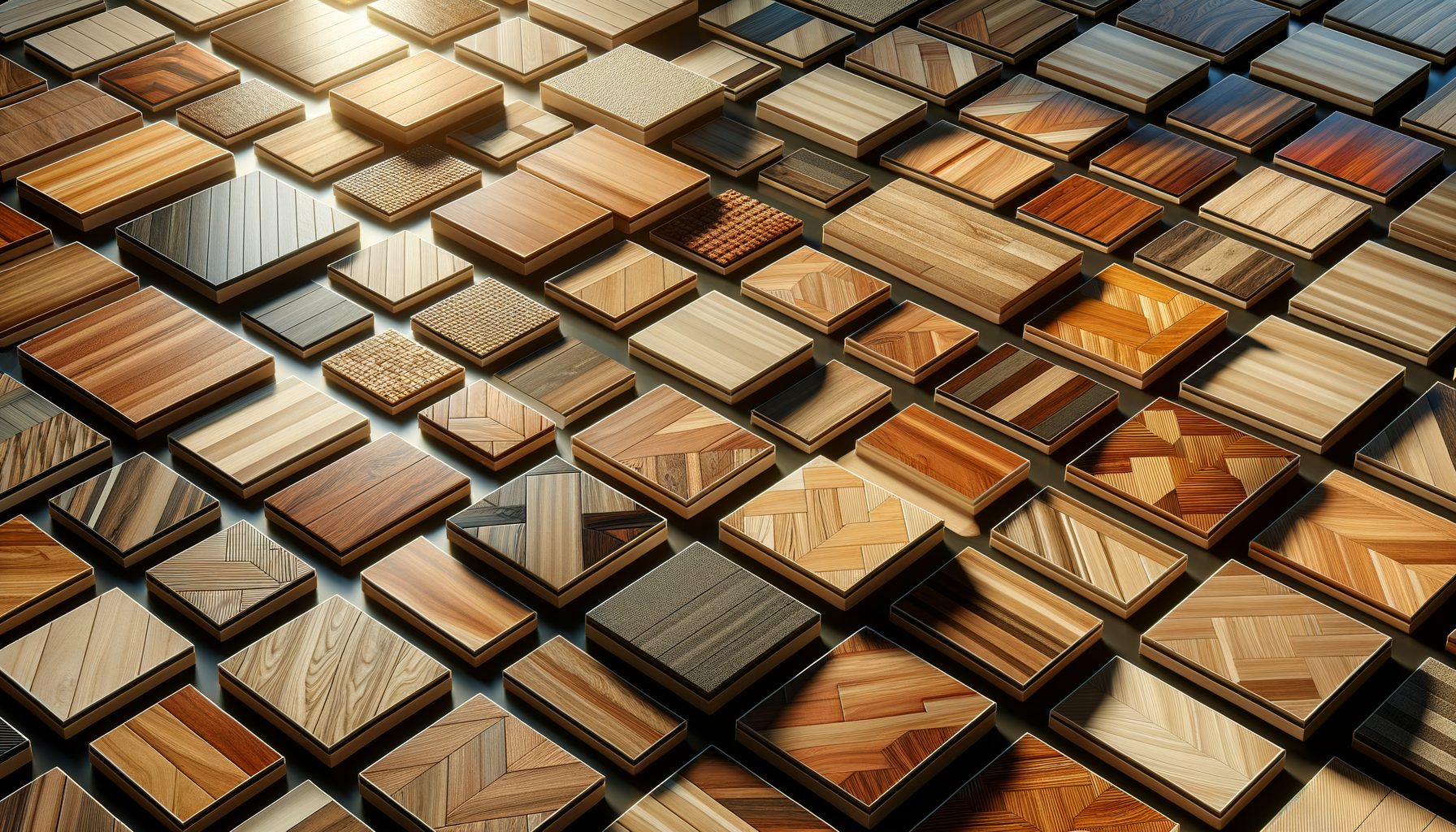
Wood Flooring Price Guide 2025: Solid vs. Engineered Options
Introduction to Wood Flooring Options
In the world of home improvement, wood flooring remains a popular choice for its timeless beauty and durability. As we look towards 2025, understanding the nuances between solid and engineered wood flooring can help homeowners make informed decisions. This comprehensive guide will delve into the factors influencing the cost of wood flooring, including the type of wood, plank size, and finish. Whether you’re renovating a single room or an entire home, this guide will provide valuable insights into choosing the right flooring option for your needs.
Understanding Solid Wood Flooring
Solid wood flooring is crafted from a single piece of timber, offering a classic and authentic appeal. Its natural composition allows for refinishing multiple times, which can significantly extend its lifespan. The price of solid wood flooring in 2025 is expected to vary based on several factors:
- Wood Species: Exotic woods like Brazilian cherry or mahogany tend to be more expensive than domestic options such as oak or maple.
- Plank Size: Wider planks are generally more costly due to the increased amount of wood required.
- Finish: Pre-finished planks often come at a higher cost but save on installation time.
Solid wood floors are renowned for their durability and can add significant value to a home. However, they may not be suitable for areas with high moisture levels, such as basements or bathrooms.
The Rise of Engineered Wood Flooring
Engineered wood flooring has gained popularity due to its versatility and resilience. Composed of a hardwood veneer atop a plywood base, it offers the aesthetic appeal of solid wood with added stability. Key considerations for engineered wood flooring in 2025 include:
- Layer Construction: More layers typically equate to higher stability and cost.
- Veneer Thickness: Thicker veneers allow for refinishing, enhancing longevity.
- Installation Method: Click-lock systems may reduce installation costs compared to glue-down methods.
Engineered wood is well-suited for areas with fluctuating humidity, making it a popular choice for kitchens and basements. Its adaptability and cost-effectiveness make it a compelling option for many homeowners.
Comparing Costs: Solid vs. Engineered Wood
The decision between solid and engineered wood flooring often comes down to budget and specific needs. While solid wood may offer a higher initial cost, its potential for refinishing can provide long-term value. In contrast, engineered wood often presents a more affordable upfront option, with benefits in moisture-prone areas.
In 2025, the average cost for solid wood flooring is projected to range from $8 to $15 per square foot, whereas engineered wood may range from $4 to $10 per square foot. Factors such as installation complexity and geographic location can further influence these prices.
Ultimately, both flooring types offer unique advantages, and the choice should align with the homeowner’s priorities regarding aesthetics, budget, and functionality.
Conclusion: Making the Right Choice for Your Home
Choosing between solid and engineered wood flooring requires careful consideration of various factors, including cost, durability, and environmental conditions. As we move into 2025, being informed about the latest trends and pricing can empower homeowners to make decisions that enhance the beauty and value of their homes.
Whether you opt for the traditional charm of solid wood or the modern versatility of engineered wood, understanding your options will ensure a flooring choice that meets your aesthetic desires and practical needs.